TS&SS: 02
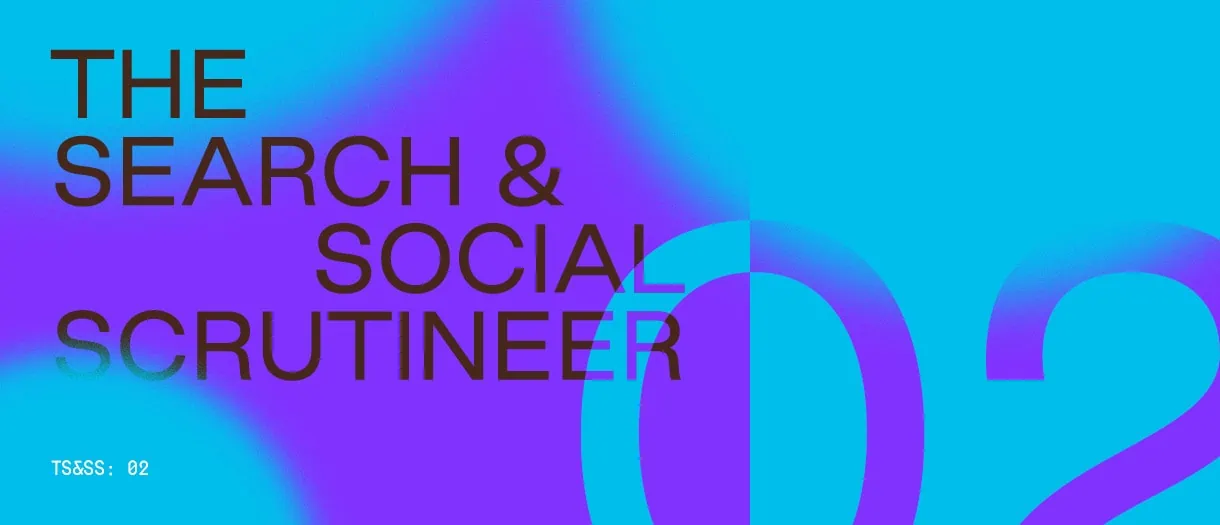
Summary
In this second edition of our roundup, we’re seeing AI and machine learning doing a lot of the heavy lifting—which is always great news for advertisers. See how
platforms are adapting to the trend, with generative background images, text, ad placements and formats, and more.
A semi-annual survey of salient sundries and statistics supporting scalable, saleable strategies for small- to super-sized shops, syndicates and service-providers
We’re on to the second edition of the Search & Social Scrutineer, Goods & Services Branding’s regular roundup of all the changes, updates and improvements that you need to know about in the ever-evolving world of paid and organic search and social media. As you probably already know, A LOT changes in these channels, so feel free to use this handy contents list to get to the heart of what you’re looking for:
PRIVACY UPDATES
As privacy becomes more sought-after, two new announcements from tech giants Apple and Google signal industry trends shifting toward more privacy-centric practices in online advertising.
Apple unveiled enhancements to its privacy and security, including stripping tracking codes from URLs shared through Messenger, on-device face and object recognition, encrypted communication services, and a Mail app with improved protection against tracking.
Google, on the other hand, will begin rolling out features to disable third-party cookies for 1% of Chrome users in Q1 2024, aiming to test the impact on website functionality and user experience. The move is part of Google’s Privacy Sandbox initiative, exploring alternative solutions for targeted advertising while prioritizing user privacy.
What does this mean for you, as an advertiser? Considering the advances in using machine learning and AI to figure out the gaps in user signals, these privacy updates may not make a huge dent in your overall results.
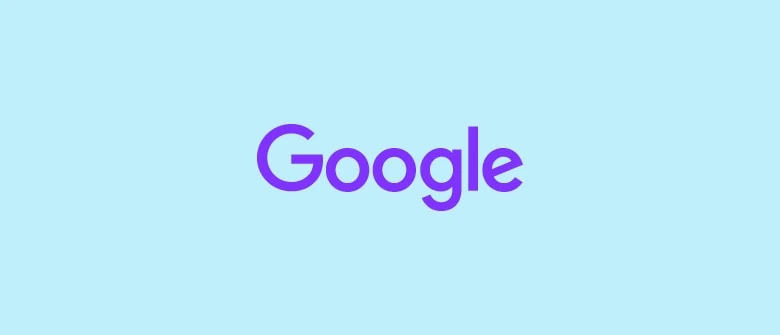
Verb.ing domains
A fun, unique way for brands to stand out with their websites and landing pages: Google has announced a new domain extension type, .ing. This opens up a creative avenue for brands to play around with when promoting their products or services; for example, “mak.ing” or “edit.ing” or even “go.ing”. Get started today at get.ing.
And more:
- Google’s “Helpful Content System” guide can help you create web content that enhances user experience and search visibility. Focusing on user needs and content relevance, the guide emphasizes structured data, quality content and user-focused design to optimize web pages for search engine visibility. If your content is already “helpful,” you don’t need to do anything. If you find traffic slowing down, follow Google’s practical strategies for creating content that resonates with users and, especially, search algorithms. Learn more here.
- You can now add more social media links to your Google Business Profile, helping you build trust and legitimacy, while also giving your customers the chance to connect with you across various platforms.
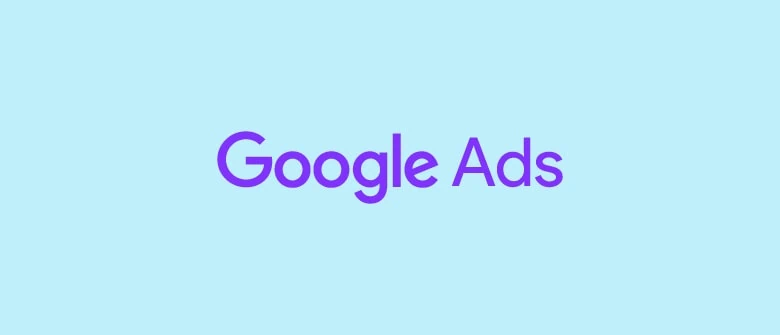
GOOGLE ADS
Search and Performance Max campaigns
Search and Performance Max campaigns are getting new upgrades, enhanced by AI and driving better results. Here’s a summary of the latest features:
Brand restrictions in Search: You can now use broad match combined with Smart Bidding to ensure precision in brand targeting. This feature limits broad match traffic to searches by including specified brands or related products, providing the benefits of broad match while reaching only the brand traffic that you want.
Brand exclusions in Performance Max: With brand exclusions, you can choose which brands to exclude (as opposed to brand restrictions, in which you choose what brands to serve ads on). This means you’ll be able to selectively exclude specific brands, preventing ads from appearing on branded queries. This feature provides control over campaign visibility on Search and Shopping inventory.
New AI generative tools for Performance Max
If you’ve tried setting up a Performance Max campaign in the past but felt overwhelmed by the number of assets, visuals, videos and text that you need to create, it might be time to try again: a bunch of new AI generative tools makes campaign creation smoother than ever before.
Using audience signals, performance data and other sources, Google can now help generate assets that’ll let your ads reach your customers across ad formats. This includes image editing, background generation for visuals (using multiple versions of product images, with text-based prompts for backgrounds) and ad text creation, which summarizes your website content for you and creates ad variations with keyword-efficient headlines, descriptions and more. Of course, you’re still in control of what finally goes out the door—you review and edit these suggestions before deploying the campaign.
Search ads: Automatically created assets
Google Ads has introduced automatically created assets to enhance Search ad relevance. This includes generating tailored headlines and descriptions based on the context of an ad, including landing pages and existing ads. Initially available in English, this feature now supports seven additional languages, including French and Spanish. It’s currently open to advertisers in the US and UK with English assets, and we’re hoping it rolls out to Canada soon. You can expect generative AI to further refine and expand automatically created assets in the coming months, which should improve ad personalization. You’ll be able to opt in through campaign settings or the Recommendations page.
And more:
- Within the confines of Google’s new Privacy Sandbox settings, Google’s AI features can help you deliver relevant ads to customers when granular audience data is not available. For instance, you can use Smart Bidding to reach the right audiences with the right message at the right time, bringing in AI to comb through billions of combinations of signals at auction time to automatically set bids. Similarly, optimized targeting and maximizing conversions strategies don’t rely on third-party cookie data, making these ideal bid strategies going forward.
- Add “search themes” to your Performance Max ads to guide the AI in serving ads on placements that might be overlooked. This feature enables you to fill in gaps by adding business-specific information, thereby optimizing performance. Search themes can be beneficial for scenarios like incomplete landing page details, entering new markets or launching promotions. The optional feature respects brand exclusions and provides insights into search term categories and conversion performance. It will replace custom segments based on search activity in early 2024.
- You can now access the Google Analytics 4 Audience Builder in Google Ads, allowing you to build audiences during your campaign setup process.
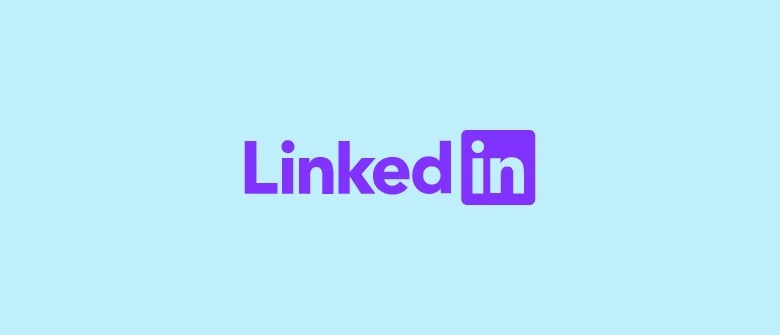
LinkedIn announced the phasing out a few features this past July, the most significant of which was the removal of organic carousel posts, a feature that was itself only launched in 2022. You can still use carousel posts for ads, though. Also in the list of shelved features are profile videos (where you record an introduction of yourself linked to your profile picture), and clickable links in images and videos.
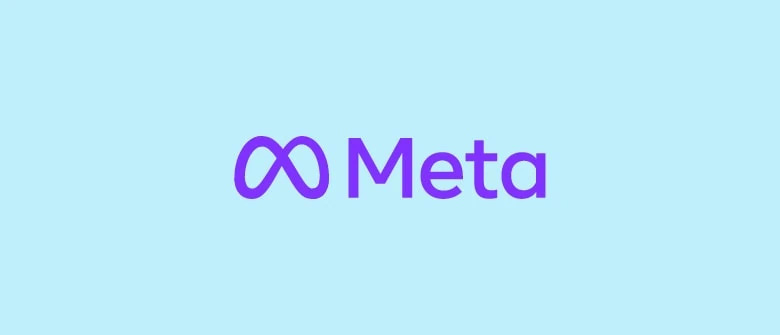
META
Multi-destination CTA in Reels ads
You can now add multiple links or destinations in a single Reels carousel ad’s CTA. On both Facebook and Instagram, these ads can enhance the shopping experience by directing users to multiple product pages. This feature aims to streamline the browsing process, making it easier for your customers to find related products they may need in one post, in one spot. The functionality is now available on both platforms across iOS and Android.
Visually, this looks like an extended CTA section, with your brand’s name, the “Sponsored” tag and a CTA link going to your website, followed by the Reel caption and then three to five product images that can be tapped on. It does take up almost 25% of the screen’s usable real estate, so make sure that your video does not have crucial details in the bottom part of the screen.
And more:
- Meta’s Threads still does not have ads; however, Branded Content tools and in-stream partner tags serve as alternatives for brands as of now. What this looks like right now: businesses have to manually add tags such as “#ad” to differentiate branded posts. Threads currently has around 141 million users, but Meta has announced that they’re waiting for a certain amount of user adoption before introducing ads on the app.
- You can now A/B test your Reels. You can test up to four different versions of each Reel, providing alternative captions or thumbnail images. Within 30 minutes of Meta deploying these versions to an initial audience, you’ll see how each one is performing and will be recommended a winner based on the most engagement. It’s a good tool for insights into what works and what doesn’t.
- Meta has introduced an Achievements tab for creators to increase their own visibility. Available on the Professional dashboard, it consolidates creators’ accomplishments in one place. Achievements incentivize specific behaviours and content types through rewards and badges. If you complete all the progression levels, you gain increased visibility in the Feed or a “Rising Creator” label, potentially enhancing your content discovery. This incentive is expected to motivate more creators to engage with challenges and maximize exposure for their content.
- You can now preview, rename and schedule drafts of Reels on Meta—and you’ll enjoy a new, streamlined view of all your saved drafts.
- New Reels and Stories creation tools include additional text-to-speech voices to choose from; Text Mix, allowing dynamic text styles; and Text Explorations, offering font and style variations. And, the Audio Mixer allows users to blend multiple audio tracks, enhancing content customization. These features aim to empower users in creating more engaging and visually appealing content for Reels and Stories on the platform.
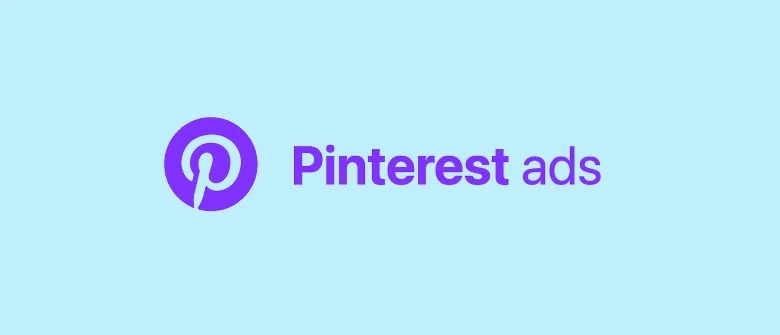
PINTEREST ADS
Pinterest is upgrading its ad tools and creative options to make it easier for you to promote your business. These include:
- Premiere Spotlight ads (similar to YouTube, where the ads are placed prominently in the top-fold of the screen) will now be available in more places in the app. They will appear as large, attention-grabbing tiles in the feed, and will cost more for the advertiser.
- Showcase ads can increase engagement by allowing the audience to swipe through images in a single post (good for providing more information about the product you’re showcasing).
- A quiz ad is another engagement tool you can use to both entertain and educate your audience; you can have up to three questions per quiz post.
- Mobile deep-linking and direct links can help move traffic to your website, taking your customers one step closer to completing their purchase.
- Similar to other platforms, Pinterest is also introducing generative AI in its new Creative Studio that lets you create lifestyle imagery (background images) for your Pins from text prompts.
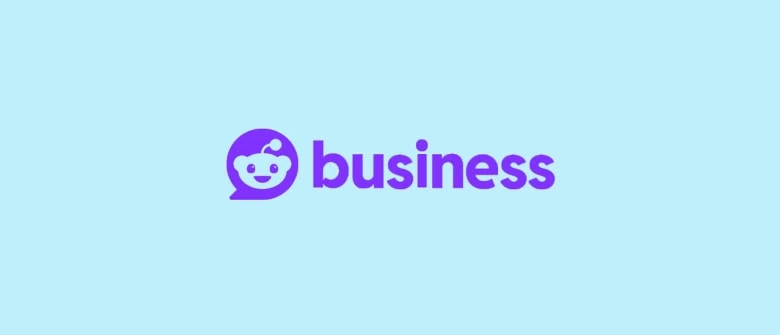
REDDIT ADS
New on Reddit: Expanded ad targeting options
You can now search for communities to target by topic, or have Reddit recommend relevant communities based on keywords. Reddit has removed the ability for users to opt out of ad targeting based on their app activity—good news for advertisers, as this ensures a broader, more accurate reach.
Reddit has also made overall Ad Manager improvements, like community descriptions, topic tags and audience size estimators, all to push for accuracy and precision targeting. You can also now set a campaign lifetime budget, capping your spend for all ads within, which is a great way to experiment in a budget-conscious way if you aren’t sure what works.
And more:
- Want to be a pro at running Reddit Ads? Get certified with Reddit’s new Boost 2.0 certification, with more in-depth knowledge and insights, built on Reddit’s evolving ad tools. This new certification can help you learn about selecting the right bid strategy and budget, A/B testing creative assets, measuring effectiveness, and troubleshooting spending or performance issues. Learn more here.
- Reddit has improved its contextual keyword targeting to help you engage with your audience in relevant conversations. You can choose specific keywords associated with your brand, aligning your ads with hot topic discussions.
- Product Ads are now on Reddit. According to the platform, Redditors are “56% more likely to talk positively about a brand online and are 46% more likely to trust a brand that advertises on Reddit.” This is why they’ve introduced the ability for brands to advertise products, with details like item description, pricing in local currency and a call-to-action button that links to the brand’s product page.
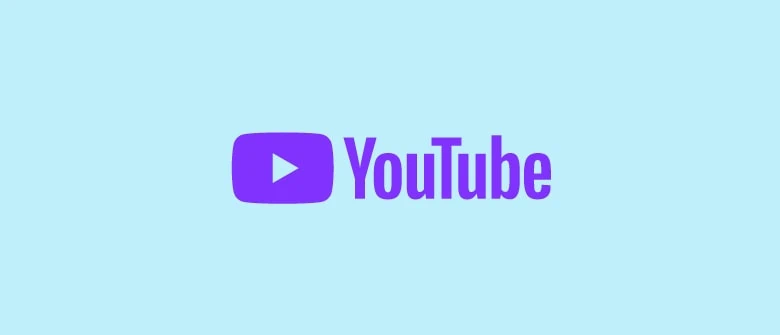
YOUTUBE
Now randomizing: Shorts discovery
TikTok’s been doing it from the beginning with their For You Page, but YouTube has finally caught up (almost—this feature is still being tested): you can now see a randomized algorithm of Shorts in your feed. Just hit the “Can’t decide what to watch? Play something” button and let the platform use your watch history, subscribed channels, video likes and other signals to curate a feed for you. This works great for increased engagement if you’re a creator trying to get discovered.
YouTube shopping display
Announced just in time for the 2023 holiday shopping season, YouTube now allows creators to tag shopping content on their videos. Tagged products are added to timestamps when the specific product is referred to—a wonderful way to generate traffic to the product page on your website and influence purchasing intent.
And more:
- Struggling to come up with a title for your YouTube videos? Let AI do the thinking! Based on your video’s transcript and description text, as well as audience signals from across the app, YouTube can suggest effective video titles within a few hours of upload.
- YouTube is currently testing the use of hyperlinked keywords in video comments. If you click on the linked keyword, you’ll be directed to a page with search results bringing up this keyword; but your video will continue playing in the miniplayer, so your viewing experience isn’t completely interrupted. Linked keywords are determined by YouTube (with the aim of pushing discovery on topics); commentors cannot add or modify these.
- The maximum number of links you can add to your channel header has increased from 5 to 14. This means you can now include links to popular products, your webpage, social media channels and more, with the ability to customize titles. For social media channels, icons will be displayed.
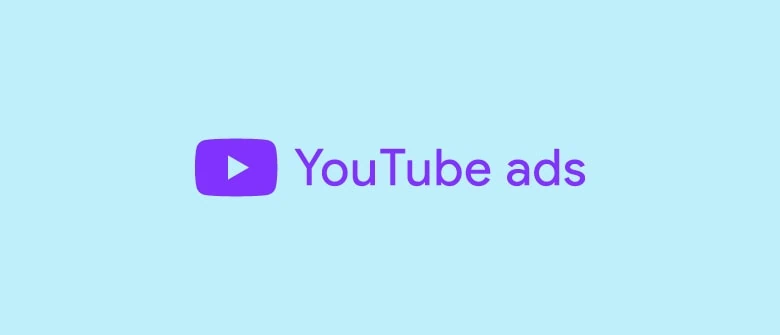
YOUTUBE ADS
Introducing: Video view campaigns
Launched globally to all advertisers this September, Video view campaigns (VVC) was developed to increase views across all of YouTube’s video formats—skippable in-stream, in-feed and Shorts. YouTube automatically places the format most likely to get views in front of the audience most likely to engage. All you have to do is set the average bid amount you’re willing to pay for a view. This simplifies the ad setup process and lets you reach a broader audience.
Google does recommend adding up to five videos while setting up the campaign, including in different orientations, allowing the platform to automatically use the best option at the right time.
New updates to creator ad controls
This past November, YouTube rolled out features to optimize revenue for creators. One of the more significant changes was to remove individual controls for ad formats on newly uploaded videos. Now, as a creator, you won’t be able to choose whether your viewers see ads in the beginning (pre-roll), after (post-roll), or whether they’re skippable or non-skippable.
You’ll still have control over the frequency of mid-roll ads, though, choosing either automated breaks recommended by YouTube or manually setting ad breaks. In addition, in the coming months, a third option will be introduced, which combines automated and manual breaks—giving the platform more opportunity to recommend the best times for ads. Learn more here.
And more:
- In October 2023, YouTube’s newest high-end ad spot, called “Spotlight Moments,” places branded content and advertising within content around themes, like the NBA playoffs, the Oscars, etc. The new AI-driven placement houses ads amid content like behind-the-scenes footage, highlight reels, analysis videos and more—which is where most of the viewers will be, especially after a popular live event has ended.
- Creative Guidance, a new AI tool for YouTube ads, can help you quickly optimize your video ad creatives. This feature uses machine learning to analyze videos, providing insights on elements like faces, text and branding. It aims to enhance ad performance by recommending changes to improve engagement and impact, and create more compelling and effective video content. Learn more here.